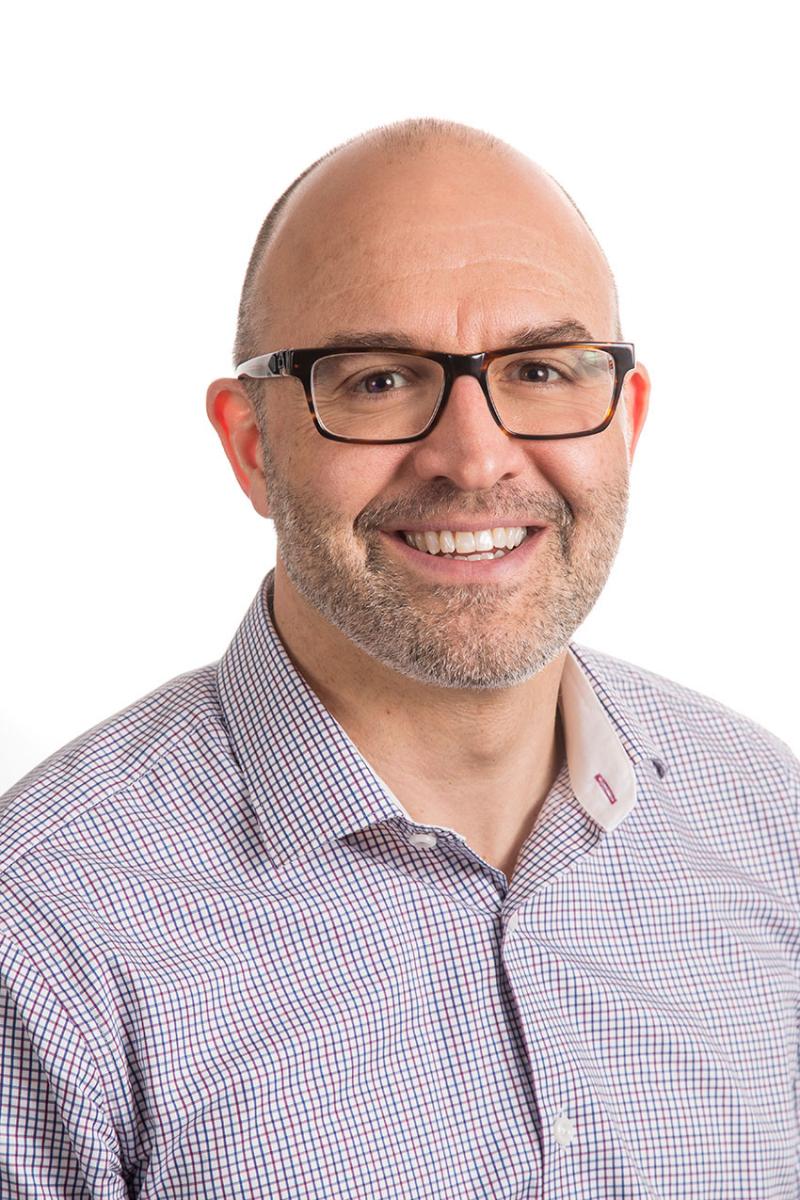Code Orange in the middle of a pandemic
When a patient showed up at the Royal University Hospital (RUH) Emergency Department (ED) with symptoms of carbon monoxide poisoning the evening of January 14, Dr Mark Wahba recognized a major problem. The patient lived in an apartment complex and had been at home prior to coming to the hospital. He knew there might be others. This discovery, and Dr Wahba’s quick actions, set in motion a series of events that would ultimately save the lives of 21 adults and 22 children.
A Code Orange in a hospital is when there is an external disaster or mass casualty situation where a large number of patients - are expected to arrive almost all at the same time. On Thursday night, Saskatoon hospitals declared one of them, but ended up spilling into two: one at Royal University Hospital (RUH) and Saskatoon City Hospital (SCH).
Just after the first patient sought care at RUH, it was hit with a motor vehicle accident involving five people, plus a number of other serious trauma cases already at the emergency department. This prompted the call for the Code Orange.
How would the emergency health care system now deal with a potential large influx of sick patients? They would come together as one – the director on call that evening, the Saskatoon Fire Department, Medavie Ambulance, the Salvation Army and the health care teams at SCH and RUH – to create a plan that would see 43 people successfully treated and released with a warm, safe place to spend the night.
When emergency crews first arrived at the apartment building, people were coming outside in need of medical care. Within minutes, care was being delivered on scene before being transported to hospital. Medavie used their mass transport bus to move patients to Saskatoon City Hospital emergency department, which stayed open late into the night to deal with the influx of patients. Staff and equipment were deployed from RUH to assist the teams at SCH and ensure safe, timely patient care.
“The calm among the patients arriving was amazing. It made our job of coordinating care and grouping people into rooms with their families so much easier. SCH Emergency Department had 33 patients arrive in a very short timeframe, this is certainly not the normal. They handled the influx of patients extremely well,” said Lisa Collard, Director of Emergency Medicine in Saskatoon, who came into work when the code was called.
“The quick work of the entire emergency team and the coordination with their peers in all of the support areas lead to the success of the night. Everyone from physicians, nurses, emergency preparedness team, respiratory therapy, security, registration, facilities, supply chain, lab, social work and environmental services contributed and worked together to save lives.”
Once everyone had been treated and were safe to be released, the Salvation Army took over, providing transportation and covering the costs for accommodation for the night while the apartment building was being cleared of the deadly gas.
The Saskatchewan Health Authority would like to extend our sincere thanks to everyone who lent a hand and ensured our community members returned home safe and sound.
It is incidents like these that have the potential to overwhelm the health care system and this is even truer in times of a pandemic. Please do your part to stop the spread of COVID-19 so that our health care system can maintain the capacity to respond in times of emergent need.



